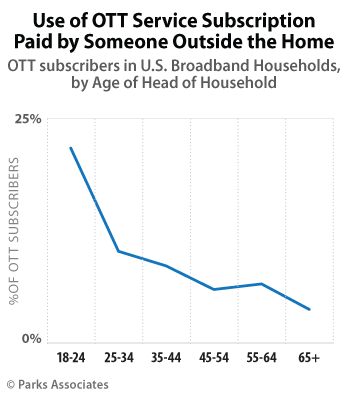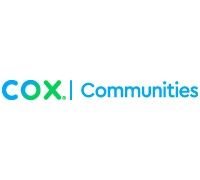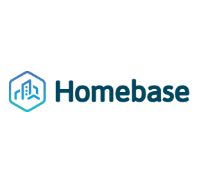 Pirating video content spans a variety of use cases and attitudes regarding intellectual property. Several recent trends are contributing to the growth of content piracy among consumers.
Pirating video content spans a variety of use cases and attitudes regarding intellectual property. Several recent trends are contributing to the growth of content piracy among consumers.
Consumer frustration with DRM systems
While the intent of Digital Rights Management (DRM) systems is to prevent unauthorized copying, DRM may carry certain usage restrictions that consumers believe infringe on their right to fair use. Often, consumers do not understand that they are buying a license to view content rather than purchasing the intellectual property itself, leading to an attitude of, “I bought it, why do I need to buy another copy just to play it on a different device?”
Frustration with content restrictions has led to a backlash against DRM. Though DRM systems have become more cross functional than in the past, a restrictive environment for content access and use encourages consumers to seek alternatives.
OTT Service Adoption and Credential Swapping
The increasing adoption of subscription services that stream video over unmanaged networks has opened the door to a new type of piracy—consumers accessing each other’s services. While pay-TV services are managed through conditional access systems, OTT video services are managed through simple username and password access, information easily shared between individuals.
While not rampant, account swapping occurs at a notable level, with 6% of U.S. broadband subscribers indicating that they access a subscription OTT video service for which someone outside the household pays. Parks Associates research shows credential sharing will cost the OTT industry $500 million in direct revenues in 2015 alone.
Individual Content Discovery Experiences
Video pirates have created media platforms with robust and sleek interfaces leading to individual user experiences for watching content. The advantage that illegitimate distributors hold in these instances is that there is no content cost. All revenues can be channeled into software and technology developments to create a professional user experience. Some industry players may not even be aware that some services are illegitimate.
A reliance on cloud-based networking technology allows fast time-to-market for pirate video service providers, with some services offering seemingly legitimate set-top boxes or streaming media players to allow users to access content. The set-top boxes even go so far as to mimic the feel of linear television, offering customers the option of channel surfing through pirated broadcasts.
Parks Associates examines technological and market enablers for video piracy of OTT and digital media in the industry report The Cost of Piracy, published in 2Q 2015. For more information, click here.
Further Reading:
Next: Why you’re not delivering on the promise of the Internet of Things…yet
Previous: PlumChoice Partners with AppDirect to Provide Comprehensive Cloud Application Services




 Pirating video content spans a variety of use cases and attitudes regarding intellectual property. Several recent trends are contributing to the growth of content piracy among consumers.
Pirating video content spans a variety of use cases and attitudes regarding intellectual property. Several recent trends are contributing to the growth of content piracy among consumers.










